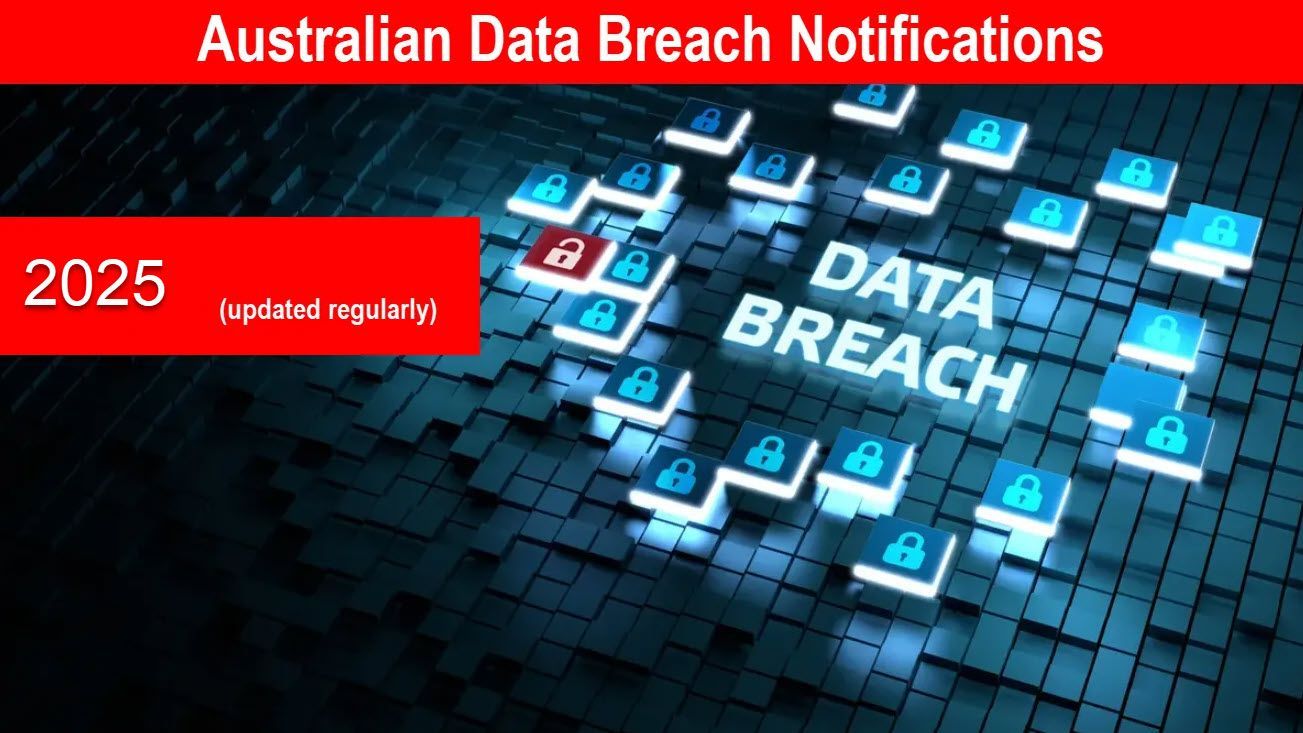How to Protect Your Home Computer from Cyber Threats?

Home computers are no longer just simple gadgets—they have become a central hub of our personal and professional lives. With the surge in freelancing and remote work, more people are relying on their home computers to manage everything from business operations to their day-to-day tasks.
These devices hold a wealth of sensitive information, from family photos, personal files, passwords, and even sensitive financial details, which makes them a prime target for cybercriminals.
Hackers and cyber attackers constantly look for ways to sneak into your system.
If, by any chance, they succeed, the consequences can be devastating, ranging from identity theft to permanent data loss. That’s why protecting your home computer from malicious attacks is no longer optional; it’s essential.
Common Types of Cyber Threats
Before discussing different ways to protect your home computer, it is essential to understand what you are up against.
The most common types of cyber threats involve:
Phishing Attacks
Phishing is a type of social engineering attack where malicious actors trick you into revealing sensitive information such as passwords, credit card numbers, or login credentials by pretending to be a trustworthy source.
Victims are typically lured through fake emails, messages, or websites designed to make them unknowingly share their sensitive data or download malware.
Malware
Malware, short for malicious software, includes harmful programs such as viruses, worms, Trojan viruses, spyware, adware, and more.
This software can infect your computer, steal your data, corrupt files, or slow down performance. Malware is often spread through infected downloads or email attachments.
Ransomware
Ransomware is a type of malware that encrypts a victim’s sensitive data, rendering files, databases, or applications inaccessible unless a ransom is paid to the attacker. In many cases, even if you pay the price, there’s no guarantee you’ll regain access to your data.
Spyware
Spyware is a type of malicious software that secretly enters your computer, gathers data, and sends it to a third party, without your consent.
While some spyware tracks your daily browsing habits and usage of software and can be helpful for marketing purposes, most are designed to steal your personal or financial data.
Trojans
A Trojan (or Trojan Horse) is a type of malware that disguises itself as harmless software. But, as you install or run this software, it gives attackers remote access to your system, potentially leading them to steal your data or spy on you.
How Cybercriminals Target Home Users?

Unlike businesses and organisations, most individuals don’t have advanced security systems or generally don’t know how to protect themselves from cyber-attacks.
Therefore, cybercriminals often see home users as easy targets and use various tactics to attack, such as:
- Sending fake emails or pop-up ads
- Infecting websites with hidden malware
- Targeting outdated software or weak passwords
- Exploiting unsecured Wi-Fi networks
Simply clicking the wrong link or downloading a malicious file can easily give access to your system to a third party. That’s why being aware of how they operate is the first step in defending yourself.
What to Do to Protect Your Home Computer from Cyber Threats?
Now that you know what you are up against, it is easy to understand how to protect your home computer from cyber threats.
Here are some practical ways to protect your home computer.
Install Anti-Virus Software
One of the basic yet most important steps in protecting your home computer is installing reliable antivirus software.
Anti-virus scans your system for viruses, spyware, and other types of malware attacks that can destroy or steal your data, ultimately preventing them from infecting your system.
However, it is important to consider that not all antivirus programs are good enough to remove all types of malware from your computer.
Therefore, it is best to invest in a reputable antivirus, especially one that includes advanced features like malware detection, phishing protection, and real-time system scanning.
Tip: Run a throughout scan for viruses and malware at least once a month for maximum protection.
Keep Operating System and Software Updated
Cyber attackers often become successful in exploiting vulnerabilities in outdated operating systems and software.
To prevent this, the companies release updates to their software frequently.
These software updates contain security patches and bug fixes that eliminate all possible vulnerabilities, making it harder for hackers to gain access to your system or install malicious software.
If you have a Windows operating system, you can configure settings to automatically download and install updates. Google and macOS devices also allow automatic updates.
For software other than Windows, you should update it manually.
Be Cautious with Emails and Downloads
You receive an email from your bank that says,
“Your account has been blocked. Please log in or enter your Tax File Number to unblock it immediately.”
This type of message may seem official, but this is a classic example of a phishing attack.
What you need to do is to watch out for warning signs like:
- Poor grammar or urgent, fear-based language
- Unexpected attachments or links
- Emails from unknown senders or suspicious-looking email addresses (e.g., support@micr0soft.com)
If you feel anything suspicious or unusual in the email, avoid opening unexpected attachments and don’t click on any link, especially if the email seems out of place or comes from an unknown sender.
Secure Your Wi-Fi Network

To secure your Wi-Fi network and protect it from cyber attackers, it is essential to follow these steps:
- Most routers come with default usernames and passwords that are easy to guess. Change the default username and password to something strong and unique.
- Ensure your Wi-Fi is protected with at least WPA2 encryption (WPA3 if available).
- Never leave your network open, as it can be cracked in minutes.
- Hide your SSID (network name) to make your Wi-Fi less visible to outsiders.
- Regularly review connected devices and remove any unknown ones.
When your Wi-Fi network is safe and protected from cyber threats, all connected devices in your home will be much safer.
Install a VPN for Safer Browsing
The actual use of a Virtual Private Network is not only to hide your real IP address—the main idea is to protect the identity of the user from cyber criminals. Whenever you are connected to public Wi-Fi, accessing sensitive data online, or using a pirated website, make sure to connect your device to a reliable VPN.
Several browsers include extensions for free VPNs. If your browser doesn’t have one, you can install any VPN extension simply from the Chrome Web Store.
Use Strong, Unique Passwords
Another way to protect your home computer from cyber threats is by using strong, unique passwords that are hard to guess.
A strong password must be:
- Eight to twelve characters long
- Contains a combination of upper and lower case letters as well as symbols or special characters.
Try to use a unique password for each of your online accounts, as reusing the same password across various accounts means that if one account is compromised, the cybercriminal has access to all of your other accounts.
Tip: If remembering too many passwords is a problem for you, you can utilise a password manager to generate and store all the passwords securely.
Enable Multi-Factor Authentication
Cybercriminals often use tools that can guess simple passwords in seconds, especially if your password has been exposed in any data breaches earlier.
Therefore, to add an extra layer of security to your accounts, it is advisable to use Multi-Factor Authentication. MFA works on something you are, something you have, and something you know.
This makes it harder for the attacker to access your account, even if they manage to steal your password.
Tip: If you store your sensitive data online, such as financial, personal, or confidential information, it is strongly recommended to use MFA to protect it from unauthorised access.
Backup Your Data Regularly
An increasing number of home computers are being targeted by ransomware and other types of malware attacks.
To protect your home computer from cyber threats, make it a habit to regularly back up your essential files from your computer. Having a proper backup in place can give you peace of mind, and even if your system is compromised, you don’t have to worry about your important files and documents.
Tip: Consider automating the backup process to make sure all the data is stored automatically. Prefer local (USB or hard drive) and cloud-based storage solutions (Google Drive, OneDrive) to ensure redundancy, quick recovery, and protection.
Browse Safely

While browsing, check out the sites carefully before filling in any personal or credit information.
- Always look for the https or padlock icon in the URL.
- Avoid streaming or downloading anything from untrusted sources.
- Avoid visiting sites that offer pirated or illegal content, as many of these sites can install malware in your system.
- Use modern browsers that help you block malicious websites from your computer.
All these steps ensure that you are browsing safely and, hence, are protected from hackers.
Educate Every Home User
If any person in your house isn’t careful or doesn’t know how to protect the computer from cyber threats, it means that the whole network is at risk. That’s why cybersecurity is often considered a team effort.
Teach every user of your home to recognise scams and phishing attempts, and avoid downloading apps and files from malicious sources. You can also set up parent control and safe browsing tools for kids and encourage them to communicate openly about suspicious activities online.
Consider having a “digital hygiene day” once a month to update passwords, review privacy settings, and check for software updates together.
Conclusion
Our home computers contain a wealth of information, which attracts a lot of cybercriminals. If by chance they succeed in exploiting your system, the results can be devastating for you.
Therefore, it is best to understand the common types of cyber threats, such as phishing, malware, and other cyber attacks that are emerging rapidly. To protect your home computer from cyber threats, consider using good antivirus software and try to update your operating system and all the software. Also, create regular backups for all of your data, so that if any mishappens occurs, you can still access your data without any problem.
That’s all.
Thank you very much for reading.
Good luck.









